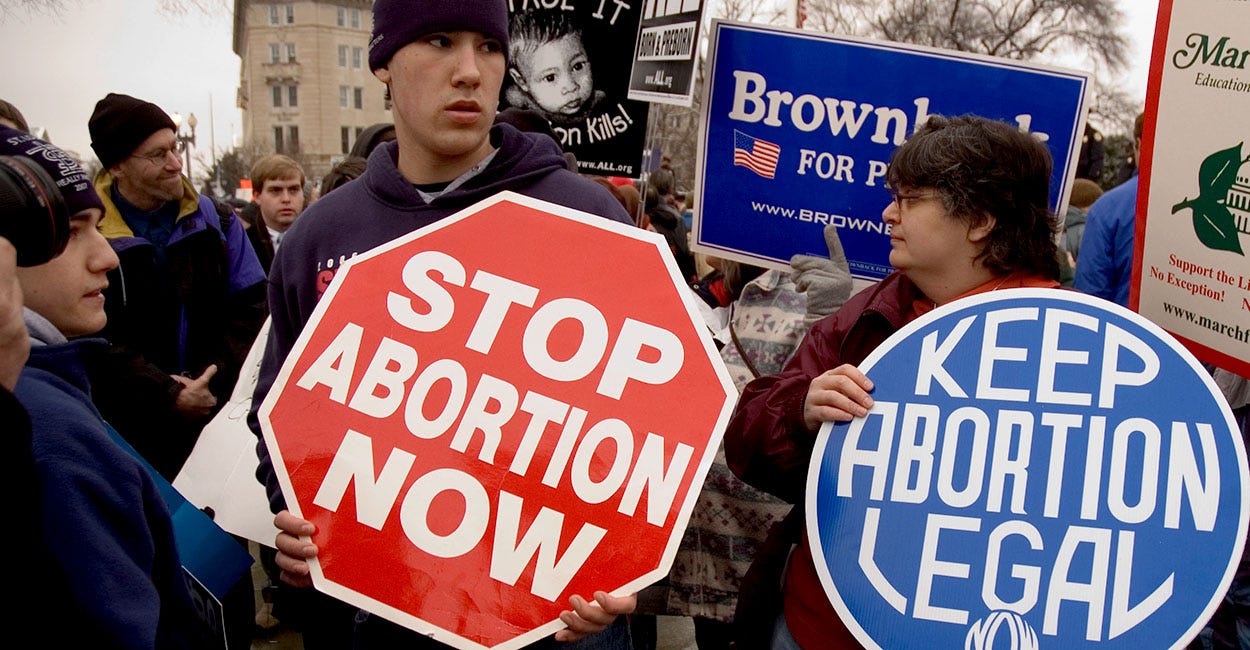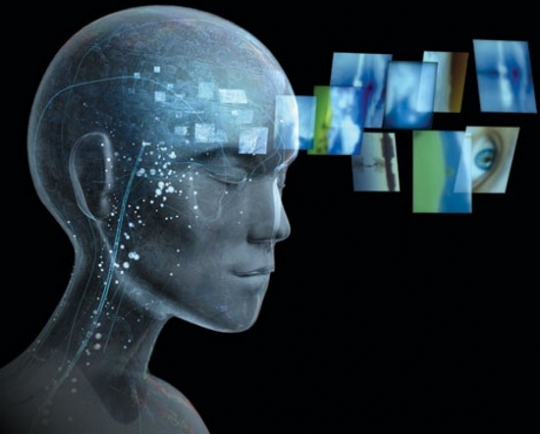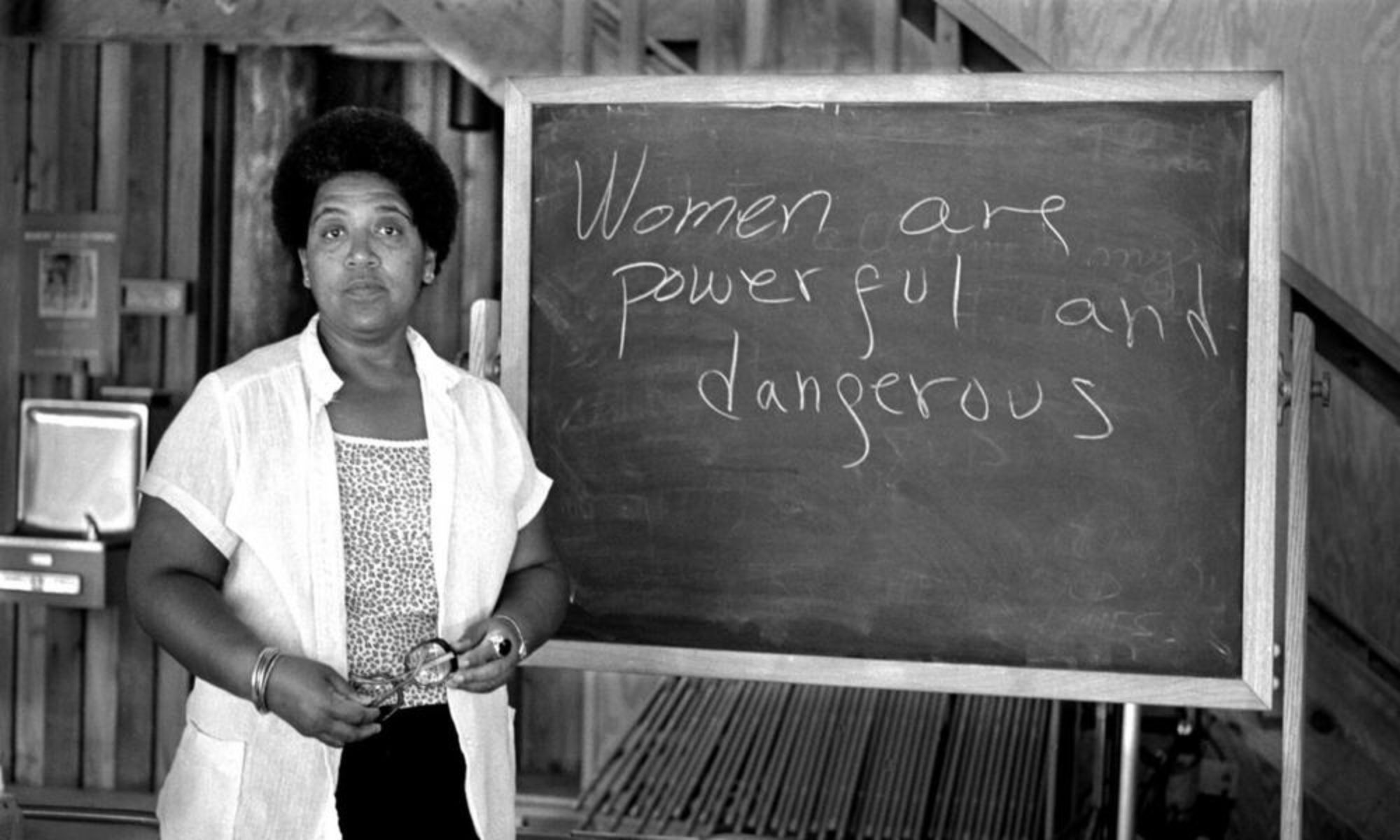Blog Post 14
I really enjoyed reflecting on this class and all the material we discussed this semester. Although this was an unconventional semester with a lot of rapid change, I’m pleased to know that I did take a lot from this course! With the online switch, I think blog posts were a really great way to still have a discussion with the class and I really enjoyed reading the variety of responses to each topic. In particular, my favorite blog posts were 3,6 and 8. Blog post 3, in which we all discussed what a different future would look like in our eyes really opened my own eyes. It was unfortunate to see how many of us had similar struggles from just being a woman, but I think it really formed a strong connection with each other and created smaller step into reforming a future. Blog post 6 in which we had to watch a movie or show related to women’s studies was really fun! I did my post on my favorite show, Insecure, and I had a really great time analyzing the women empowerment aspects of the show and now I subconsciously do that with every show I watch. Finally, the disidentifications blog post really gave me insight on identity and gender roles in our society and how it’s all pretty much made up. It was fascinating that we all read the same reading and took away the same message. Overall, this class was a pleasure and I hope everyone is doing well and staying safe!
Independent Study Bibliography
“Complicated Women: Sex and Power in Pre-Code Hollywood.” Choice Reviews Online, vol. 39, no. 02, 2001, doi:10.5860/choice.39-0825a.
The Relationship Between the “Invisibility” of African American Women in the American Civil Rights Movement of the 1950s and 1960s and Their Portrayal in Modern Film, Martha Lott
Sister Outside, Audre Lorde
These sources are reliable and provide relevant and insightful information on my topic. All of them have been found through the library one search and are published by credible sources.
Playing in The Dark Presentation
Independent Study Step 2
My topic for my independent study is on the “Me Too” movement. This movement is in effort to create social change by victims of sexual assault sharing their own experiences in hope to show just how common sexual harassment is. The importance of these stories is that if people are more aware of sexual harassment and how casually it is sometimes treated, then tolerance for it will decrease. Through research of my topic, I discovered this movement is multi-faceted when it comes to news coverage, race, gender, class, media and much more. Although this movement is fairly contemporary, it originated in 2006 and of course issues of sexual assault have been in conversation way before then. This movement gained it’s popularity by the numerous amount of actors who exposed the sexual assault stories pertained in the film industry. These celebrities were flooded with a lot of support, a move toward justice and privilege. When discussing this movement, I think it’s important to see the factors on what stories get to the media and which stories get ignored. The Me Too movement, founded by Tarana Burke, she aimed to raise awareness of sexual violence that women and girls, particularly women and girls of color, face in our society. In my study, it’s important for me to discuss how the movement shifted from it’s initial goal and seems like it’s not a space for women of color. I want to discuss race, social status and gender and how they each interact with this movement.
/cdn.vox-cdn.com/uploads/chorus_image/image/65392325/me_too_10_fact_1.0.jpg)
Blog Post #13: Toni Morrison’s, Song of Solomon
In Toni Morrison’s Song Of Solomon, the legacy of racism affects every single character in implicit and explicit ways. The Dead family in particular struggles to deal with the multi-generational trauma that racism has inflicted on the family. Because of this trauma, the family’s past experience with slavery haunts them to a point in which they become enslaved by their desire for wealth by believing that wealth is the only way they can truly be set free. Throughout the novel, the characters actions reflect the logic of their trauma. Toni Morrison attempts to give the readers a disturbing insight to the realities of the African American experience. In the novel, one of the characters who seem to be the most damaged because of racism is the patriarch of the Dead family, Macon Dead. Macon Dead has internalized the racism he has experienced by distancing himself from the black community. In other words, he is self hating, in his mind he believes he can liberate himself through exploiting the poor black community. His hate for his own people is a reflection of the hate white people have for him. Similar to Morrison’s essay, Playing in the Dark, she discusses the idea how black lives are often represented through the lens of white writers in literature and she flips that in her writing. The fear of liberation of the black man scares white people, the construction of white identity is held up high in literature which is why Macon is written that way. Hagar is another character who faces internalized racism through another form of self hatred. In the novel, Hagar is envious of light skin black woman because she perceives her dark skin as unattractive. She hates her hair, wishing it could be more like white woman hair. Hagar believes Milkman will not love her unless she was more light skin. Like Macon Dead, her experiences with racism have been internalized. By writing characters with this internalized racism, Morrison is able to show a perspective of black people that would not be shown in white literature and to also subliminally convey the message that people of color are still being oppressed, just in different ways. The novel Song of Solomon thoroughly explored the many facets of multi generational trauma due to racism. It’s interesting to see how the experience of one family’s relationship to racism can affect them in several different ways. Whether it was racism within one selves or racism projected outwards, it was a common theme throughout the novel.

Blog Post 12
Material feminism is a way of understanding women’s oppression through capitalism and patriarchy. Material items play a huge role in the production of gender normalities. Industries such as the beauty industry market off of women’s insecurities by overproducing products claiming that they are “the next best thing”. We feel obligated to constantly upkeep ourselves in order to play the role of a woman. In the entertainment industry, women’s bodies are capitalized because of the belief that “sex sells”.

Blog Post #11
Judith Butler believes that gender is a performance by claiming, “It would make no sense to define gender as the cultural interpretation of sex, if sex itself is a gendered category”. Because of these limiting boxes that are created upon us, Butler believes that we must identify ourselves through performance. We as a society do create gender and you are not necessarily born liking dresses or wanting to play football, but rather we are taught to like the things we like. Before a baby is even born, at baby showers they are already installing gender norms by flooding the room with pink or blue. In the media, we see how women “should look”, “act” and even are told what our goals should be. For men, they are told to like sports, to be “tough”.

Blog Post 10: Culture Wars
The culture wars were the cultural conflict between social groups and power struggle of their values and beliefs. The culture wars tie into feminism because of the fight women still have to gain equal rights. Fauldi makes the claim that yes, in society women’s rights have “progressed” but people think the fight is over and if the fight was over, why is the wage gap in the United States one of the largest in the developed world. As women, we have not “made it” like society thinks, 80% of women are still working predominantly “female” jobs. This struggle is an example of the culture wars because it is the people who think women’s rights are done, versus the people seeking out full equality.

Blog Post 9: Disidentification
Munoz states that, “Disidentification is a strategy of resistance and survival for minority subjects such as queers of color”. By this definition, Munoz not only suggests a level of bravery to disidentify, but also that to disidentify, is to step outside the box given to your “label” and have an awareness of it. To disidentify with something means to not associate with something. A time I disidentified with something was when I first moved to a different area of Queens. Most of my life, I have lived in Jackson Heights, an area I am really proud to be from and associate with. A few years ago my family and I moved to a different area in Queens and for a really long time I was not happy with it because I was unfamiliar with the area and didn’t wanna associate with it because it did not feel like home. The area we moved to is not as lively, creative or diverse so I was not as proud of it. I would still travel to Jackson Heights everyday, I even did not tell a lot of people I moved. I eventually got comfortable with the move and eventually adapted, but for a really long time I disidentified with my new area.



